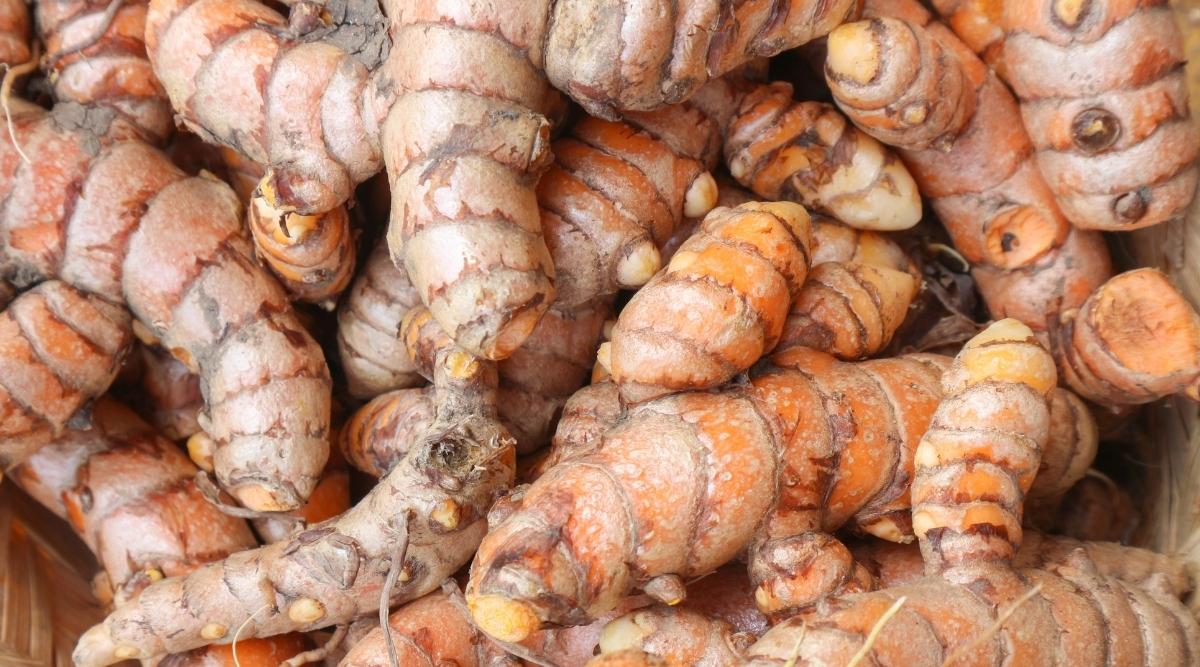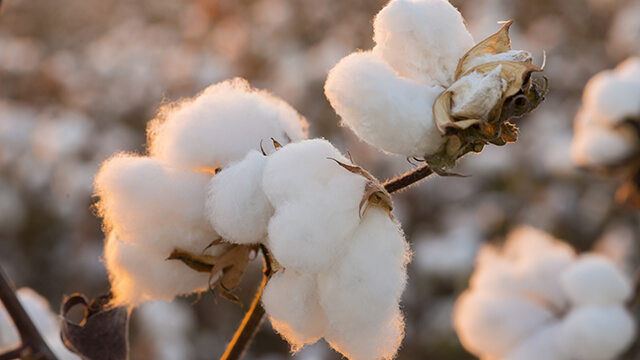At the beginning of January, there was a decrease in the arrivals of tur (red gram, arhar, or pigeon pea) in agricultural produce marketing committee (APMC) yards in the important producing States of Karnataka and Maharashtra. Prices are therefore rising compared to the same time last year due to concerns that production will likely drop as a result of excessive rains and the wilt disease that has harmed the crop. The trade predicts that the total amount of tur harvested during the 2022 Kharif crop season may be significantly less than the government’s initial advance forecasts of 38.9 lakh tonnes (lt).
The Center has extended the timeframe for duty-free imports of tur and urad until March 31, 2024, taking into account the projected shortfall. Tur is now being harvested in Gujarat, Maharashtra, and Karnataka. In these States, the modal price of tur, or the price at which most trades occur, has increased by around $1,000 to $1,200 per quintal compared to the same period last year and is currently hovering above the minimum support price (MSP) of $6,600 per quintal. Tur is currently trading between $6,900 and $7,400 in important marketplaces including Gulbarga in Karnataka and Latur in Maharashtra, compared to a modal price of $5,700 to $6,300 during the first half of January 2022.
As of March 31, 2024, the government has permitted the duty-free import of tur and urad, according to Bimal Kothari, chairman of the India Pulses and Grains Association. According to Kothari, Myanmar has a good crop of tur, and production is predicted to be around 3.5 lt. Additionally, a 77.5 lt crop of urad is anticipated in Myanmar. We don’t anticipate any significant urad issues because we also have a rabi crop. Even though the rabi urad crop is smaller than the Kharif crop, it is still of considerable size.
For at least the ensuing two to three months, I don’t really anticipate a spike in pricing. Since the following harvest will come from Africa in July–August, tur will continue to be a problem for some time. Africa will arrive in August or September, he added, adding that Myanmar tur is now being harvested. “Tur prices are rising as a result of the small crop size. The production may decrease to 32 lt due to crop damage recorded in Maharashtra and Karnataka, according to Rahul Chauhan of IGrain India.

